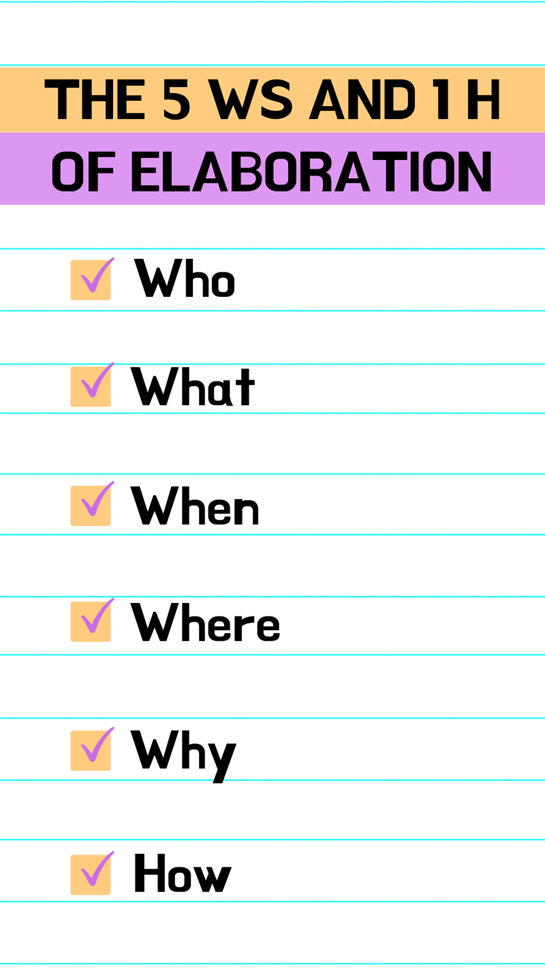How to Write An Expository Essay Body Paragraph (with examples)
Jan 04,2023 | iLovereading.sg Pte Ltd
You’ve gotten your introduction out, planned all your points…and you’re stuck on writing the body paragraph. Many students fail to develop the body paragraph well, with poor elaboration as the main culprit.
If you’re someone who finds yourself saying “But my elaboration is very bad“, then this is the article for you. (On the other hand, if you’re racking your brains for points to write about in an expository essay, the PERMS framework is what you’re looking for.)
Two hallmarks of a good expository essay body paragraph are clear structure and relevant, in-depth content. Almost every paragraph will need a point, example, and elaboration.
Seasoned essay-writers may recognise this as the PEE format. This method of choosing an example to support the one key aspect you’re discussing in the paragraph, and further explaining the example helps you to keep the body paragraph on topic.
One method of elaboration is to use the 5Ws and 1H technique.

Imagine you’re writing an essay on drones. You’ve come up with the perfectly reasonable point “using cargo drones to transport things is faster, more cost-efficient and convenient”. Now, you’ll probably start to ponder…

Who stands to reap these benefits? Once you start to consider the people involved, you’ll also start to wonder…

…Why are cargo drones faster, more cost-effective and more convenient for these people? These drones must be able to help them do certain tasks more efficiently, which means you will have to talk about…

…What drone technology is about. What are some of the features of drones that can help them to complete these tasks quickly?

Use evidence to support your points! You may give examples of drones activated during disaster relief missions, especially where the location of the natural disaster is difficult for rescuers to reach. In these situations…

…How do these drones help? They can deliver critical medical supplies, equipment, or rations quickly, of course.
Going through this checklist helps you to address the necessary aspects of each point you plan on discussing. Of course, figuring out the right Who-What-When-Why-Where-How questions to ask for each point will take consistent practice, so keep writing and evaluating your paragraphs!
(Examples taken with reference from iThink magazine 2020 Issue 29 “On The Move”)



